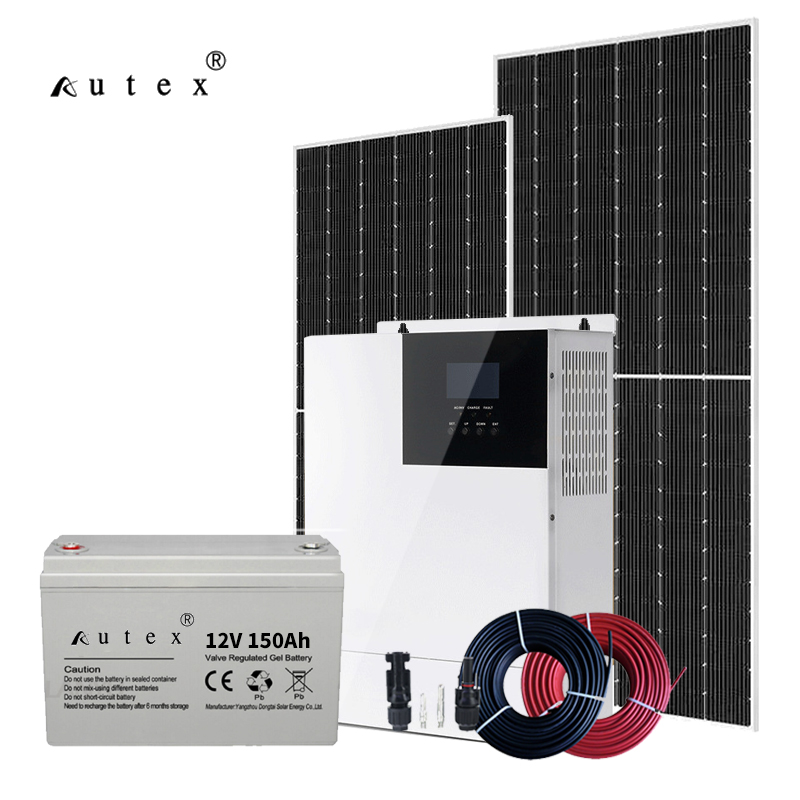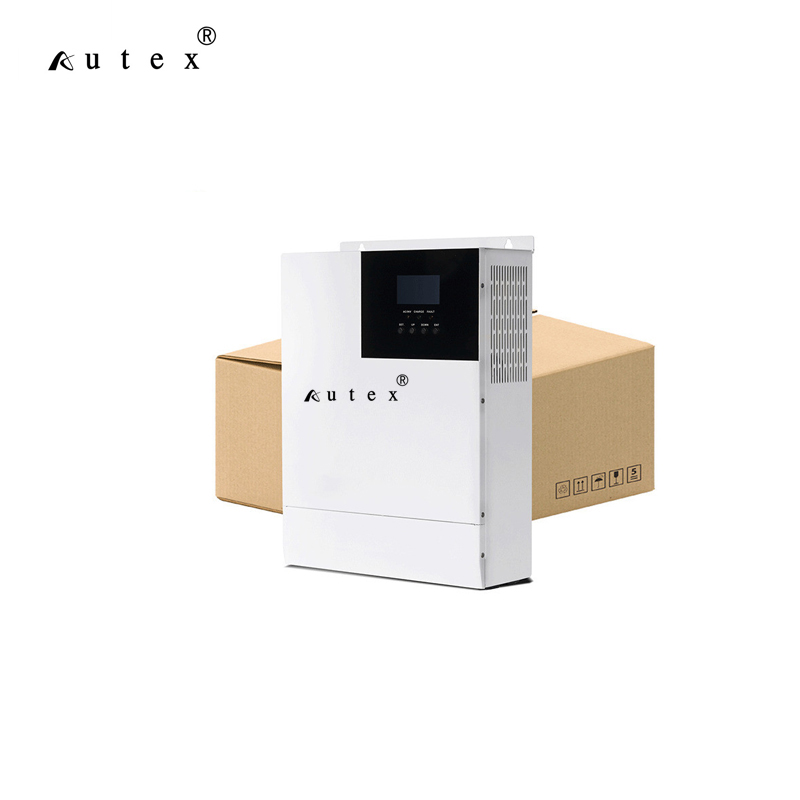Use our calculator to quickly get price cost estimates for your specific project.
*Prices are shown after applying the 30% federal tax credit. Best Solar Systems

It costs an average of $20,000 to install a typical solar panel system in the U.S. This works out to about $3.00 per watt of solar installed. If the solar panels are paid for using a solar loan, the price may be over $4.00 per watt.
The upfront cost of solar can be surprising at first, but the electricity bill savings are substantial! Solar panels in most states pay for themselves in 12 years, sometimes less. Then, you get free electricity for over a decade!
The total price of installing solar panels in 2023 will vary with your location, your energy usage, available solar incentives, the brands of equipment used, and the solar company you choose.
The average cost of a residential solar panel installation in 2023 ranges between $18,000 and $20,000, before applying tax credits or other incentives that may be available where you live. This works out to between $2.75 and $3.35 per watt of solar installed, depending on your location and the brands of solar equipment used.
Once you take the federal solar tax credit into account, the overall cost drops to an average of between $12,600 and $14,000. Our solar panel cost and savings calculator will show you local incentives you may be eligible for to help lower the upfront costs.
You may have been taken aback when you first saw the price of solar panels. This shock is compounded when you hear that residential systems are much cheaper in some other countries.
But solar panels are a lot more affordable now than they were even just a few years back, and in many states, they now offer an excellent return on investment. According to the National Renewable Energy Laboratory, the cost to install solar panels on a home has fallen over 60% since 2010.
There are several components in residential solar installations that affect the final price.
The cost can be grouped into two categories, hardware costs and “soft costs”. According to our data:
The size of a solar panel system will play a major role in how much the installation will cost. Solar system size is measured in kilowatts (kW), which tells you the maximum amount of power the solar panels will deliver under perfect conditions. Kilowatt-hours (kWh), on the other hand, represent how much electricity your panels produce and how much your home uses.
The size of the solar energy system you need will depend on how many kWh of electricity your home uses and how much you want to reduce your electric bill by. The higher your energy usage, the bigger the system you need to cover your electric bill, which means your solar installation will be more expensive.
But, the cost-per-watt of larger systems is often lower because the equipment can be purchased at a bulk price, and other overhead costs will be spread out over a larger system.
The location of your home affects solar pricing in a few ways:
The following table outlines the average prices you can expect to see in different states based on these factors:
Like most things, the brand dictates the price with solar. Panels from certain solar manufacturers are more expensive than others, and that doesn’t always mean they’re that much better in terms of performance.
For instance, Jinko Solar’s panels are much cheaper than premium brands like SunPower but have almost the same specifications and great customer reviews.
The following table outlines the cost of some of the most popular residential solar panel brands on the market:
The solar panel brand isn’t the only thing that influences the price. The other equipment used in a residential solar system, like the type of inverter you use, will also impact the installation cost. Microinverters, for example, cost more than string inverters but they can lead to higher electricity production.
The type of solar panels you install can also influence the price, but only slightly. Most solar panel systems are installed with monocrystalline solar panels, but some homeowners may choose polycrystalline panels to save a bit on the upfront costs.
The racking system installed will also change how much the installation costs. If you live somewhere that experiences heavy snow or hurricanes, you might need a more durable racking setup, which will bump up the price.
There are three different types of residential solar power systems: simple grid-tied systems, hybrid systems, and off-grid systems. The following videos show how each of these work:
A grid-tied system is the most common type of solar system. It has no solar battery for backup power and utilizes net metering to maximize savings. Solar panels are mounted on your roof then wired together, and the power generated flows into an inverter where direct current (DC) electricity is converted into alternating current (AC) electricity. This electricity is either used by your home or is exported to the utility grid.
The SolarReviews Editorial team believes a fair price for a professionally-installed solar system in 2023 is between $2.60 per watt and $3.20 per watt.
If you are being charged more than that, there are probably better offers available. However, if you are paying less than $2.60 per watt, you may run the risk of getting a low-quality installation or sub-par customer service. Not only that, solar companies that charge such low prices probably won’t be able to earn enough money off of their sales to offer you the customer support you need for the 25-year lifespan of your solar panels.
Above all, you want to go with a solar company that has a good reputation and will be around for the long haul.
Adding energy storage to a solar power system will add a minimum of $10,000 to the installation cost. That’s a decent chunk of money, but the good news is that solar batteries are covered by the solar tax credit and you may even qualify for additional battery incentives in your state.
When you consider the federal tax credit, a solar panel system paired with battery storage will cost an average of $20,000. The actual cost of installing a battery will vary depending on the battery manufacturer and how many batteries you choose to install.
Despite being expensive, solar batteries like the Tesla Powerwall and LG Chem are becoming increasingly popular as widespread power outages are now more common than ever. Batteries are also becoming a popular addition in areas with Time-of-Use electricity rates, as they allow homeowners to save more on their electricity bills.
But for most homeowners, solar batteries are more of a luxury than they are a necessity.
At SolarReviews, we recommend going with a reputable local solar installer. Generally, you’ll want the installer to meet these requirements:
But remember, you also want to make sure the company is charging a fair price for their services. If it’s too cheap, you might have to worry about a shoddy installation or low-quality equipment. If it’s too expensive, you might be paying an extra premium for no added benefits.
You need to find a happy medium of a solid price from a trusted company that uses high-quality materials. The best way to connect with companies in your area is by using our state-of-the-art solar calculator, which will not only give you a detailed cost and savings estimate catered to your specific home, but will also put you in contact with our vetted solar installers.
Learn more: Guide to the top-rated solar installers in your area
Our solar panel calculator is the easiest way to determine the costs and savings of a solar panel installation for your specific home.
All you need is your address and the value of your monthly electric bill, and our solar calculator will determine your local utility company’s electricity rates and how much power you use in order to tell you:
Thanks to the lower-than-ever cost of solar panels and various solar incentives, solar panels are a cost-effective investment for the majority of homeowners that will provide an excellent return on investment.
Not only do they lower your energy bills, but you also get to power your home with clean renewable energy and reduce your dependence on your local utility company.
Even though spending up to $20,000 is daunting, federal incentives eliminate 30% of solar system costs after 1 year. There are also various ways to finance a solar system - from solar loans and leases to PPAs - so you can pick whichever option that works best for you.
Plus, solar panels provide significant utility bill savings in most areas. An average home solar panel system can save between $1,000 and $1,600 per year on electricity bills depending on the state’s net metering policy and the home’s energy consumption.
Actual solar savings will depend on the system size, the cost of electricity, home energy usage, and what net metering policies are in place, but the average solar homeowner can expect their solar payback period to be between 8 and 11 years. After that, they’ll be enjoying completely free solar electricity for at least 15 more years!
If you’re still not convinced, you can use our solar panel calculator to find out how much solar costs and can save you for your specific home based on your average electric usage and prices in your area.
Andy is arguably the most qualified rooftop solar expert in America. He is in a unique position, having founded a large solar company but now being independent of any particular company. He has appeared on CNBC, has been referenced in public hearings concerning the rooftop solar industry ( such as the recent CPUC NEM 3 decision) and has been referenced by many major publications such as the Wall Street Journal, Business Week and many others.
Receive up-to-date information and news about what is going on in the solar industry, updates on our services and features, and more.
Stay up to date with all SolarReviews news

5 Kw Solar System © 2012 - 2023 solarreviews.com. All rights reserved.